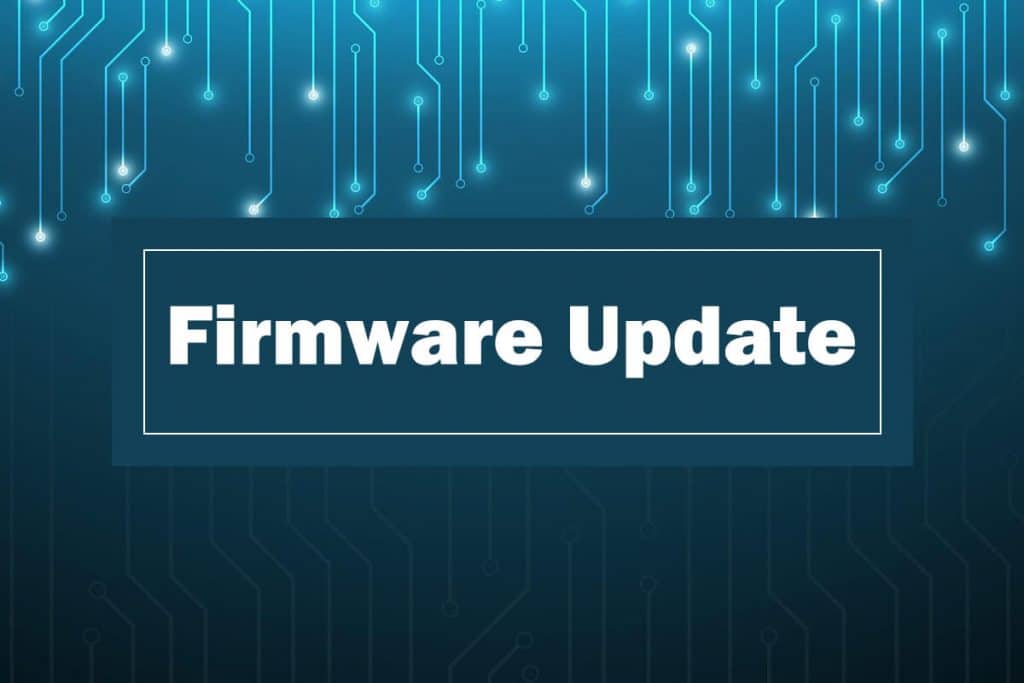Users of computers, game consoles, cell phones, and other electronic devices are familiar with firmware updates. In this practical tip, we explain what they are, when you should perform an update, and what risks are involved.
What firmware means
An electronic device offers users certain functions. A distinction must be made between the device’s hardware and software. The hardware is the device itself, for example a computer, while the software determines which functions the device can perform and how it handles data and commands. The basic programming, i.e. the foundation of the device, is also referred to as “firmware.”
- The firmware is written specifically for the corresponding hardware.
- The firmware determines how other programs, devices, or users can control the hardware.
- It should not be confused with the computer’s operating system, which can access the functions of the firmware with the help of drivers.
- You can perform updates from data carriers, via the Internet as a download, or via a direct connection. Some devices without their own Internet connection require updates via a USB stick, for example.
What firmware updates offer you
A firmware update is an update to the programming of a device such as a cell phone. If not only errors in the program are corrected, but new functions are also implemented, this is referred to as a firmware upgrade.
- A firmware update makes your hardware run more stably.
- Security gaps are closed.
- New functions are added.
- The hardware remains usable for current programs or hardware.
- Firmware updates can sometimes also prevent repairs because errors are avoided. In cars, for example, this happens in the context of recall campaigns.
Risks of a firmware update
Normally, a firmware update is quite easy to perform and can be carried out while the device is in operation. The device will restart at the necessary points.
- A firmware update should not be interrupted, as there is a risk that the device will no longer start up.
- It is also possible that devices with the new firmware will no longer function properly. In this case, further updates or a new purchase will be necessary.
- Manufacturers do not always offer a warranty on firmware updates, and in the event of damage, users are left with a defective device.
- Before performing a firmware update, you should read through what you need to do and what the risks are.
- If you have performed a firmware upgrade and the device no longer works properly, you should consult a specialist.
- It is difficult to say in general terms whether you can perform a firmware update without hesitation. Consumer devices are easy to upgrade, but it is more difficult with PC components, and in the case of a car, it is better to go to a repair shop. If in doubt, research more detailed information about the device you want to update.
Typical devices with firmware updates and their benefits
Firmware updates are essential for a wide range of devices to ensure their functionality, security, and compatibility.
- Routers: Firmware updates for internet routers (e.g., Fritzbox) close security gaps, improve network stability, and add new features such as better Wi-Fi performance or extended parental controls. The manufacturer AVM offers regular firmware updates for the Fritzbox.
- Smartphones: In addition to security patches, firmware updates optimize battery life, improve camera performance, and add new system functions.
- Smart TVs: Updates improve compatibility with streaming services, fix display errors, and enhance the user interface.
- Printers: Firmware updates can improve print quality, support new paper formats, or close security gaps in network operation.

